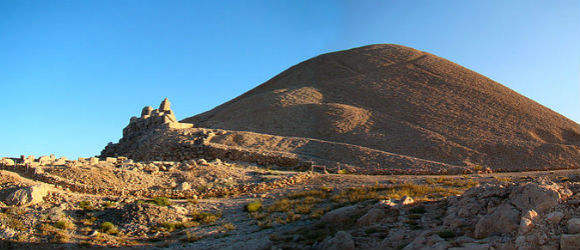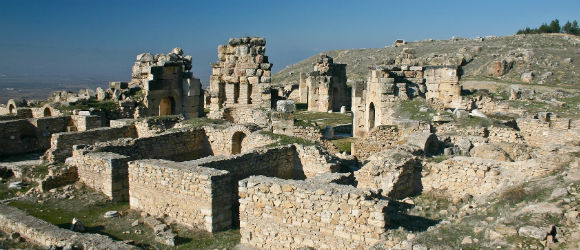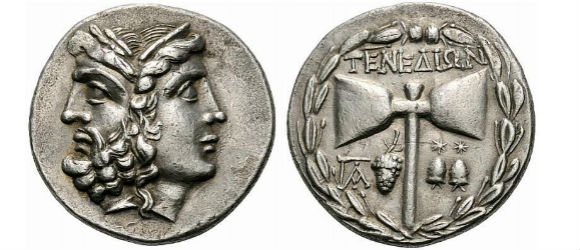VN:F [1.9.22_1171]
Rating: 5.0/5 (9883 votes cast)
Introducing Turkey
Turkey with huge swath of land situated between two continents, Asia and Europe, has one of the world’s best cities and is famous for its unique and magnificent scenery from white-sand beaches to soaring mountains.
Its history has encompassed several thousands years of human evolution and civilization. The accomplishments and influences of people who had resided in the land can be seen all over the country such as the ruins on Meditterarean beaches left by the mysterious Lycians, whirling dervishes gyrated with Sufi mysticism, Ani’s churches on the Anatolian steppe built medieval Armenians, and the Curetes Way at Ephesus. Byzantine Christians cut cave churches into Cappadocia’s fairy chimneys and hid in underground cities from Islamic armies. During Ottoman Empire, the Sultans luxuriated in İstanbul Topkapı Palace surrounded by fawning courtiers, harem members, eunuchs and the riches from an empire stretching from Budapest to Baghdad.
Hence, Turkish culture is the mixture of the East and the West and yet posseses its own characters.
Landscapes & Activities
The most surprising impression that every first-time visitor has about Turkey , other than its stereotypes of kebaps, carpets and moustachioed hustlers in the bazaars, is the vast diversities found between the west coast and the east regions. Evening entertainments such as night clubs as well as cruising through markets are common in westernized metroplises such Istanbul and Izmir. In Cappadocia and the southwestern coasts outdoor sports and water sports are enjoyable and most popular, just as is the meze-savouring fun time on a panoramic terrace. Then there are the less-frequented eastern quarters, where honey-coloured outposts overlook the plains of ancient Mesopotamia, and weather-beaten relics add lashings of lyricism to mountain ranges. It’s hardly surprising Turkey has attracted so many folk over the centuries. Come and discover their legacy for yourself.
VN:F [1.9.22_1171]
Rating: +9921 (from 9921 votes)
Gordium, the capital of what may have been Meshech, is an archeological site just west of Polatli and near the Sakarya River. Among the ruins Is a Phrygian palace in which may be seen the earliest known geometrical patterns in mosaic. A great tumulus there may be […]
Read more →
Between the Taurus Mountains and the Euphrates River was the district of Commagene, the farthest northeastern part of ancient Syria. The Assyrian general, Sargon II (or Sarru-Kinu), who waged a number of wars from 722 to 705 B.C., was one of its early kings. Commagene was about […]
Read more →
In ancient geography this was the mountainous area north of Antalya with two fair-sized lakes, Karalis (Beysehir Gölü) and Limnai (Eğridir Gölü). Termessus in the south, Sagalassus (Aglasun) to the north, and Antioch of Pisidia (Yalvac) are some of the early important towns. History The area of […]
Read more →
The Bithynia were a tribe that migrated from Thrace to Asia Minor and gave their name to the southwest shores of the Black Sea, the Bosphorus, and the Sea of Marmara. The most Important mountain of the area is Mt Olympus, known now as Ulu Dağ; the […]
Read more →
About 56 kilometers west of Akşehir by winding mountain road is the Turkish town of Yalvaç, the place on the edge of the Antioch of Pisidia mentioned in the New Testament. The earliest written history of the city probably goes back to some time between 301 and […]
Read more →
The northwestern promontory of Asia Minor around Troy is the area of Troas or the Troad. Its southeastern border is Mt. Ida (Kaz Dağı). The chief Greek towns were Ilium or Troy, Assus, and Alexandria Troas, now all in ruins. Troas is often included In the area […]
Read more →
The Saint Polycarp Church is the oldest church in Izmir and represents ancient Smyrna’s role as one of the Seven Churches of Revelation. Saint Polycarp was converted by the John the Apostle and became Bishop of Smyrna. He was martyred by the Romans at age 86 in […]
Read more →
The name of the area settled by Celtic tribes (Gauls) In the third century B.C. has reference to the upland area of Asia Minor around Ankara. It became a part of the Roman Empire under Augustus in 25 B.C. When Paul was travelling through the area the […]
Read more →
The area south and west of the Sea of Marmara and the Dardanelles is the general district of Mysia with Pergamon (Bergama) and Cyzicus (Erdek) the main cities. Mysians are among those named by Homer as allies of Troy. Mysia was a region in the northwest of […]
Read more →
Semistra seems to be the name of the first settlement of people on the Golden Horn some time during the first millennium B.C. This was at the head of the Horn where the two streams, Cydaris (Ali Bey Suyu) and Barbysus (Kâğıthane Suyu), come together. In the ninth […]
Read more →










